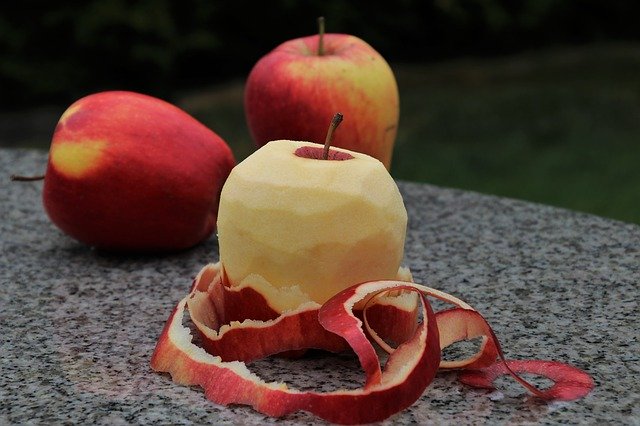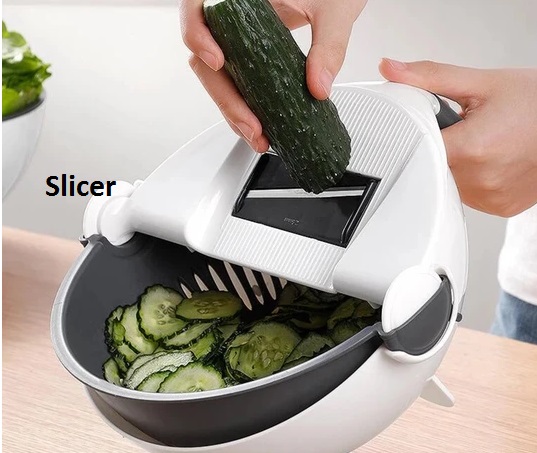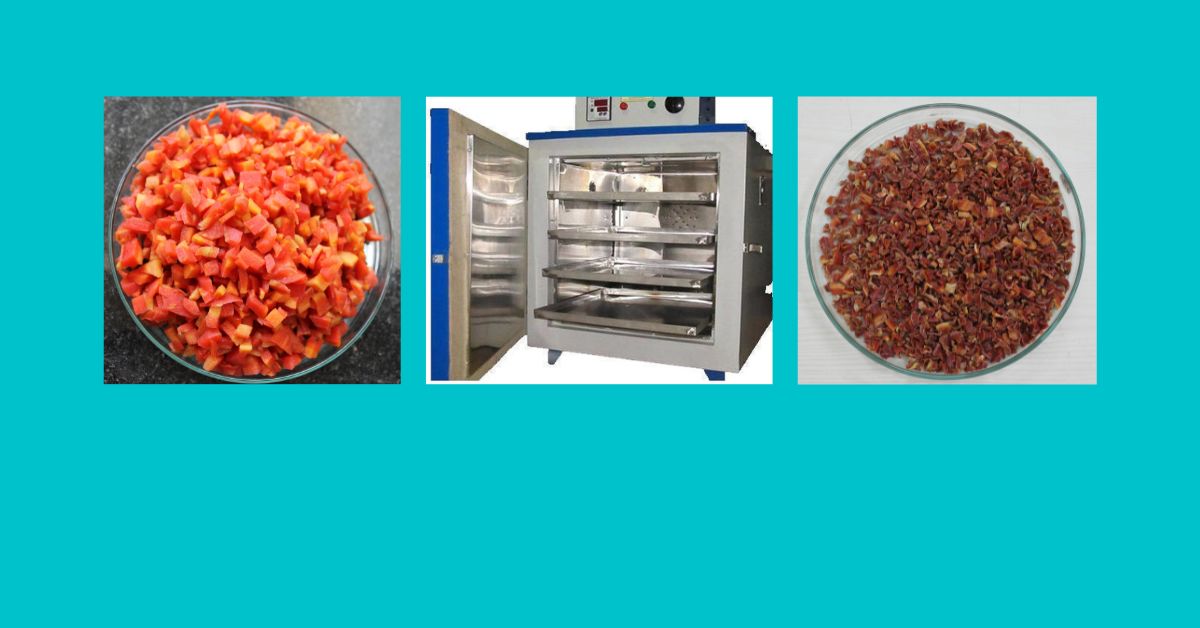
Peeling of fruits and vegetables
While processing, fruits and vegetables are introduced to several operations (which are also known as unit operations) and finally an intermediate or end product will obtained (Value added products). Unit operations followed during this may vary according to types of fruits/vegetables and type of final product desired.
Peeling of fruits and vegetables is one primary unit operation in which outer peel of fruit/vegetable is removed. This is very common method used to remove inedible outer layer and to improve appearance and taste of final product. In processing industry, peeling is applied to fruits, vegetables, roots, tubers, potatoes etc.
There are following methods of peeling:
- Hand peeling: Hand peeling is used in case of peeling irregular shaped fruits/vegetables where mechanical peeling is not possible. e.g., mango, papaya, Cucumber.
- Knife peeling: In this, stationary blades are pressed against rotating fruit/vegetable surface. Alternatively blades may rotated against stationary fruits/vegetables. This method is more suitable to citrus fruits where skin is easily removed with no/little damage or loss of fruit.
- Abrasion peeling: Fruits/vegetables are fed onto abrasive rollers or alternatively fed into a rotating bowl (which is lined internally with an abrasive). When these rollers rotate, the abrasive surface removes the fruit/vegetable skin, which is then washed away with stream of water.
- Flame peeling: This method uses flame for removing outer skin of fruit/vegetable. A flame peeler utilizes a conveyer belt to transport and rotate the material through a furnace where temperature is above 1000°C. The outer skin and hairs is burned off and then removed by high-pressure water sprays. Flame peeling is used, for example, for peeling onions. In this method, average product loss of 10% may be estimated.
- Lye peeling: In this method, fruits/vegetables to be peeled is passed through a dilute solution (1 to 2%) of sodium hydroxide. This treatment softens the skin, after which can then be removed by wayer sprays. A drawback of Lye peeling is that, it causes discoloration of the product.
- Steam peeling: Steam peeling may carry batch-wise or a continuous process. In this method the raw fruits/vegetables (roots, tubers) are treated in a pressure vessel and then exposed to high-pressure steam (180°C to 200°C). For tomatoes, the temperature may be lower (120 -130°C). Such high temperature causes a rapid heating and cooking of the surface layer (within 15 to 30s). The pressure is then instantly released, which causes flashing-off of the cooked skin. The continuous steam peeler is a pipe with a screw inside. The steam is feed direct into the pipe and the product is heated during the residence time (Residence time is adjustable). Most of the peeled material is discharged with the steam.
Slicing of horticultural crops:
Slicing is size reduction operation. Some related terms with size reduction are as follows.
- Cutting: Cutting is used for the size reduction of large to medium sized fruits/vegetables. To cut the fruits/vegetables knives, blades or saws are usually used.
- Slicing,: In slicing regular pieces of fruits/vegetables are obtained.
- Chopping: Many fruits/vegetables need to be break down in to small particles. Chopping helps here. Chopping into a coarse pulp is applied to fruits and vegetables
After harvesting fruits/vegetables need to cut/slice/chop for further processing. Cutting/slicing/chopping may also performed to facilitate fruits/vegetables for direct consumption. Slicing equipment are available as hand operated and power operated type.
Manually fruits/vegetables can be sliced using manual slicer. Power operated slicing equipment consists of rotating blades which cut the fruits or vegetables when it passes beneath. Another term related to slicing is dicing. During dicing of fruits/vegetables food is first sliced and then cut into strips by using rotating blades. These strips are passed on to a another set of rotating knives, which works at right angles to the first set, and cut these strips into cubes.
Many types of machines are available to perform these above size reduction operations. Slicers and dicers are common in such operations. Slicing in straight, slicing in wrinkle cut are some common shapes used in processing industry.
Variety of machines are available for slicing, shredding, crushing, chopping of fruits and vegetables. These machines are also available as hand operated and power operated. The selection of such machines depends on quantity of fruits/vegetables handled at processing site.
Equipment for slicing, shredding, crushing, chopping, juice extraction:




